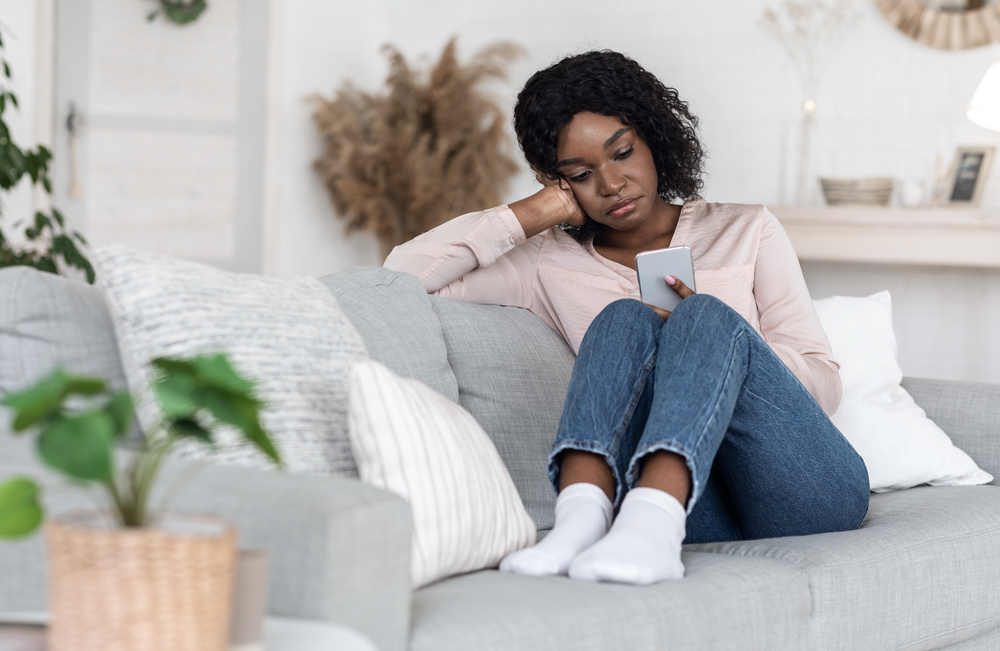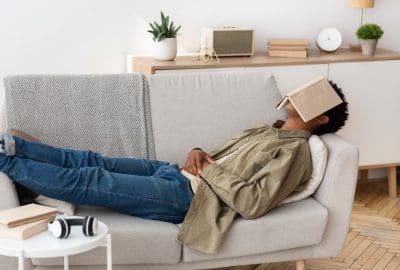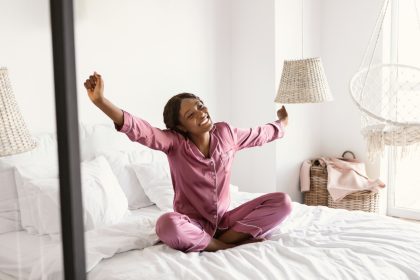Two hours of passive scrolling can increase teenagers’ risks of anxiety and depression. This finding comes from a groundbreaking study that examined the relationship between digital consumption patterns and adolescent mental health outcomes over an extended period.
Neuroscientists studied 580 youngsters – who told them if they had pre-existing mental health conditions, their levels of anxiety, as well as if they had emotional and behavioural difficulties – for nine months. The comprehensive study represents one of the largest longitudinal examinations of teen screen time and mental health conducted to date, providing valuable insights into digital behavior patterns.
The time the teens spent looking at their devices, as well as their screen-use behaviours were also examined. Neuroscientists distinguished between active engagement, such as creating content or communicating with friends, and passive consumption, which includes endless scrolling through social media feeds without meaningful interaction.
The experts found 45 per cent of the 12 to 17-year-olds – who said they had no pre-existing mental health conditions – had psychiatric symptoms. This statistic represents a dramatic increase from pre-pandemic levels and highlights the growing mental health crisis among adolescents across various demographics.
“This is really surprising,” a leading neuroscientist is quoted by MailOnline as saying. “It is much higher than we would expect to see. Before Covid, rates of anxiety in adolescents were between 8 and 15 per cent. Now, we see almost half of the sample size reporting heightened anxiety, which is alarming.” The World Health Organization has identified teen mental health as a global priority, with anxiety disorders becoming increasingly prevalent worldwide.
Experts encouraged parents to limit their child’s screen time to two hours or less a day because it would improve their wellbeing. Medical professionals support similar recommendations, citing evidence that shows excessive screen time can interfere with sleep quality, physical activity levels, and face-to-face social interactions that are crucial for healthy development.
“In past studies, we’ve shown some teens reporting 15 hours of screen time a day. They wake up, go on a screen and stay the whole day,” the neuroscientist added. This extreme usage pattern has become increasingly common among teenagers, with many spending their entire waking hours engaged with digital devices across multiple platforms.
“This is a critical period for brain and behavioural development, including emotional regulation and impulse control.” The adolescent brain undergoes significant changes during the teenage years, making this population particularly vulnerable to the negative effects of excessive screen exposure and passive digital consumption.
Passive scrolling triggers different neurological responses compared to active digital engagement. When teenagers mindlessly scroll through content, their brains develop patterns that can contribute to addictive behaviors and emotional dysregulation, affecting their ability to focus and maintain healthy relationships.
Mental health professionals have observed strong correlations between increased passive screen time and rising rates of depression among teenagers. The constant exposure to curated content and social comparison opportunities creates environments that can negatively impact self-esteem and emotional wellbeing.
Digital wellness experts recommend implementing structured offline periods where teenagers engage in activities such as reading, exercise, or face-to-face social interactions. These breaks from screens allow young minds to develop healthier coping mechanisms and emotional regulation skills.
Parents play a crucial role in establishing healthy digital boundaries for their teenagers. Creating device-free zones in bedrooms and during meal times can significantly improve family communication while reducing anxiety levels and promoting better sleep hygiene among adolescents.
Educational institutions are beginning to recognize the impact of excessive screen time on student wellbeing and academic performance. Many schools now incorporate digital literacy programs that teach students about healthy technology use and provide strategies for managing their relationship with digital devices.
The study highlighted the importance of distinguishing between different types of screen activities. Educational content, meaningful video calls with family and friends, and creative digital projects showed less correlation with anxiety symptoms compared to passive consumption of social media content and endless scrolling behaviors.
Sleep specialists emphasize that excessive screen time, particularly before bedtime, disrupts natural sleep patterns and can contribute to anxiety and depression symptoms. The artificial light from screens interferes with natural sleep cycles, making it harder for teenagers to achieve the restorative rest essential for mental health.
As digital technology continues to evolve rapidly, neuroscientists emphasize the urgent need for ongoing studies to understand long-term effects on adolescent mental health. The current findings serve as a critical wake-up call for parents, educators, and policymakers to prioritize digital wellness education and implement evidence-based strategies to protect young people’s psychological wellbeing in our increasingly connected world.















